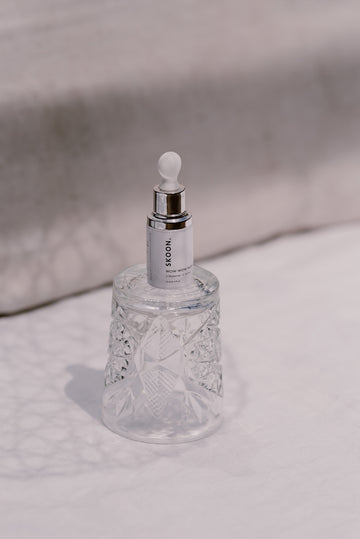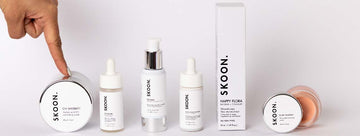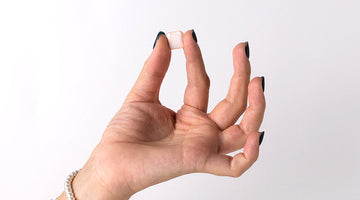As you may know there are various reasons why we struggle with dark splotches on our skin, but most are caused by hyperpigmentation – which simply means your skin overproduces melanin, the skin pigment that causes skin colour and tanning.
Here are some of the reasons why your skin is in melanin overdrive.
- Sun damage
- Hormonal imbalances and pregnancy
- Genetic skin colouring
- Injuries and inflammation
- Side effects of certain medicines
So what can you can do.
Effective treatment for hyperpigmentation is quite difficult to achieve, so you will need loads of patience. The most important step is to avoid sun exposure, wear a hat outside and apply a sunscreen daily. In addition, skin that is already stained with melanin should be gently exfoliated. (We do not recommend aggressive peels – these are often overkill and the trauma can actually cause more pigmentation due to inflammation – remember, patience ☺ )
Suitable SKOON products:
WOW-WOW WONDER 3 Hyaluron + C serum
RETININ Retinal 0.1% resurfacing moisturiser
Why?
WOW-WOW contains a Vitamin C called Sodium Ascorbyl Phosphate (SAP) that is effective to lighten dark spots as well as Salicylic Acid, a phenolic aromatic acid that promotes gentle cell turnover.
RETININ: In sunny South Africa, pigmentation ranks very high as a skin concern. Our warm climate means lots of time spent in the sun - the result: issues with UV damage and pigmentation.
Fortunately, Vitamin A can help! It inhibits the melanin-producing enzyme tyrosinase, interferes with pigment transfer and, as mentioned earlier, speeds up cell turnover rate through potent exfoliation.
The standard treatment for pigmentation involves a combination of exfoliation of existing stained skin and blocking of melanin production to slow down new pigmentation - making Vitamin A sound like a no-brainer.
However, having looked at existing studies, I feel that Vitamin A alone is not a strong enough candidate for the holistic treatment of hyperpigmentation, so for now I am giving it an efficacy score of 5+/10 for its pigment reducing properties.
The “+” allows the score to go up if treatment with Vitamin A is paired with the right ingredients to ramp up efficacy, one of these ingredients being Vitamin C.
The trick is to be gentle and careful.
Quick answers to questions often asked.
Microdermabasion, yes or no?
Unfortunately, a no. Although, microdermabrasion can remove hyper-pigmented surface cells in some cases the reverse is true and it will stimulate hyperpigmentation.
I am not seeing results with gentle and careful, what now?
We suggest you make an appointment with a dermatologist. Ask around for one that comes highly recommended – we believe 100% in the “friend referral”, they are in our experience the best.






Wonderful information, thanks a lot for sharing kind of content with us. Your blog gives the best and the most interesting information on pigmentation . I wonder if we can gather such practical information about it, a great post definitely to come across.
https://www.advanceddermacare.co.nz/tranx3/
I have acne prone skin since I was a teenager leaving dark spots on my skin,which products should I use
Good day. I 47 years of age and found lately that after being in the sun, i have more “sproetjies” even though i use SPF Cream and the skin along my cheekbones, leading up to my nose feels rough. It also peels after facial hygiene. I am on hormonal patches, no other medication. Any advise. I use Clarins products
love skoon